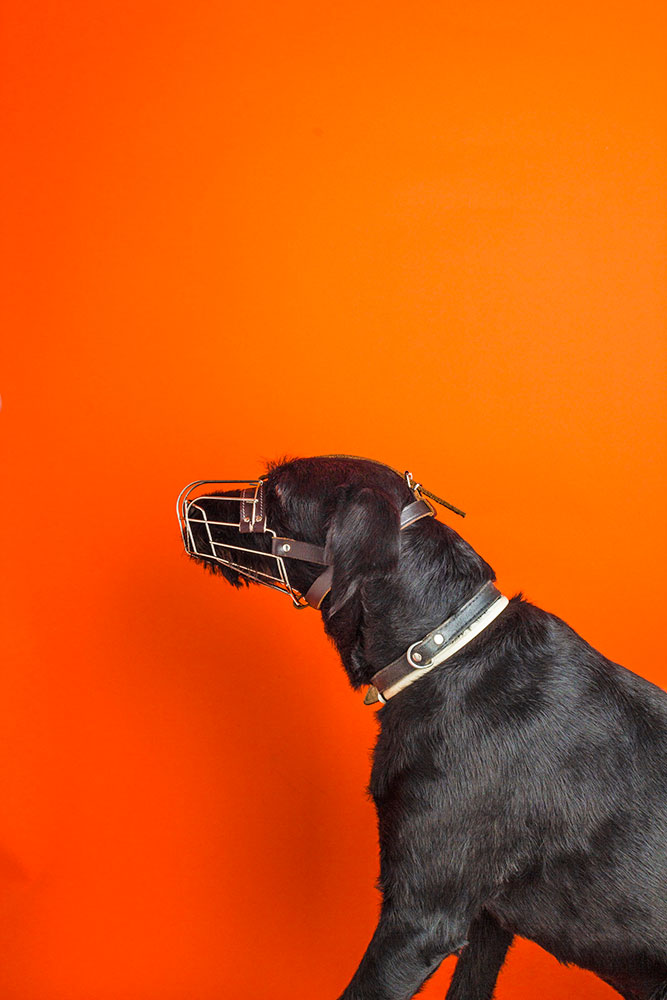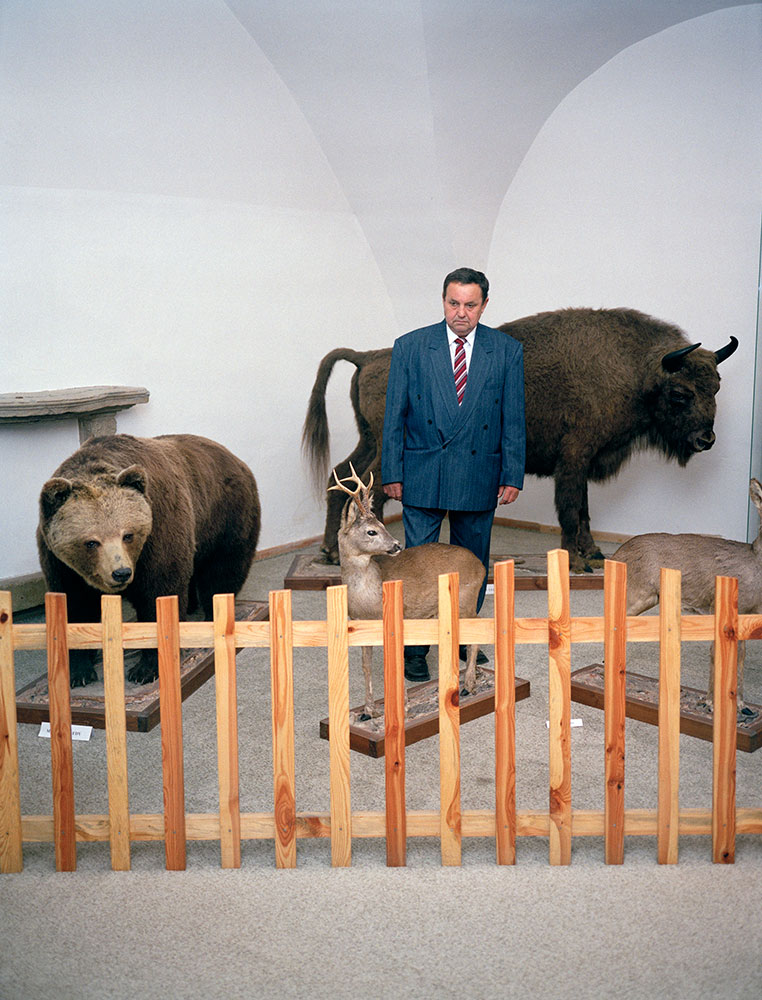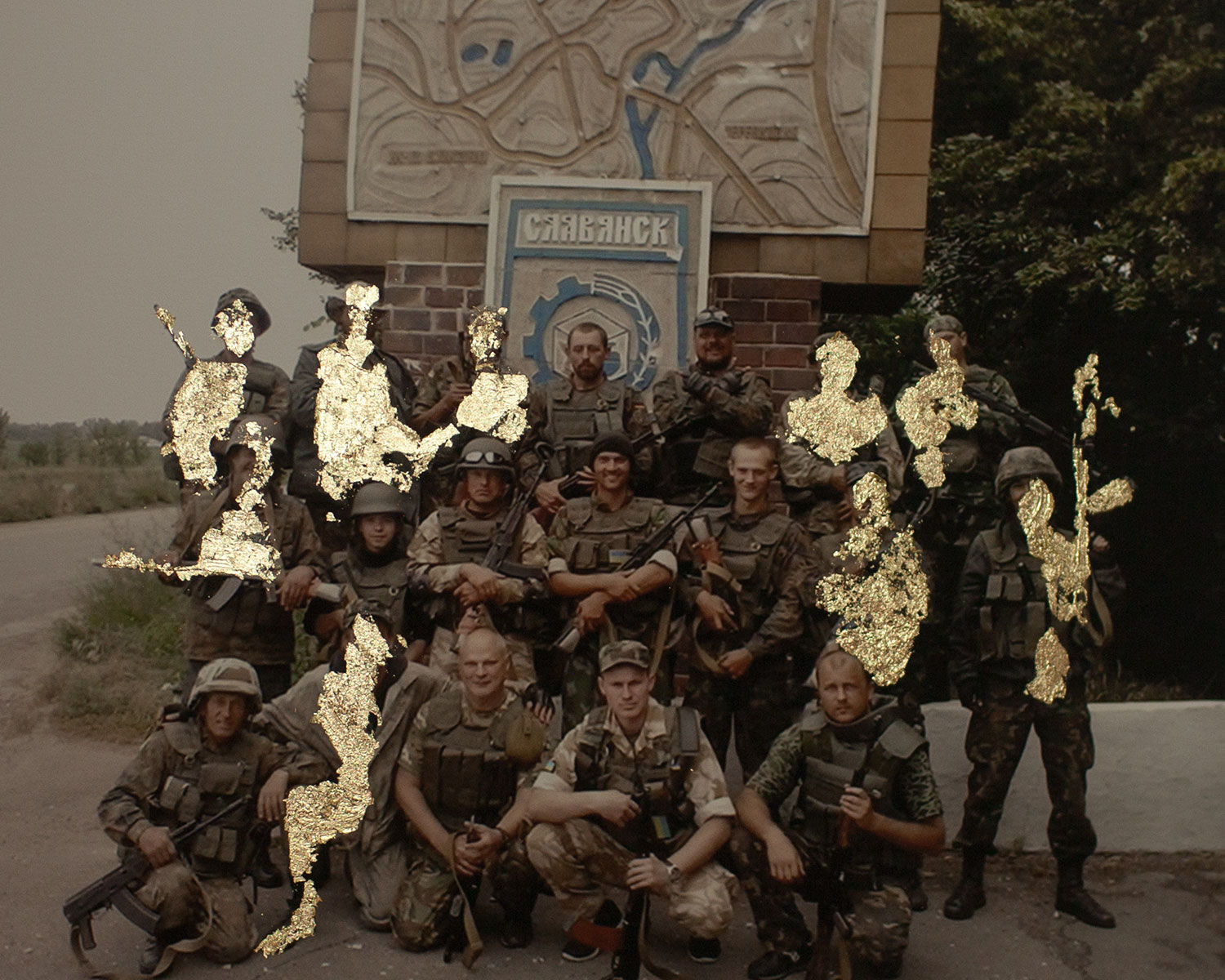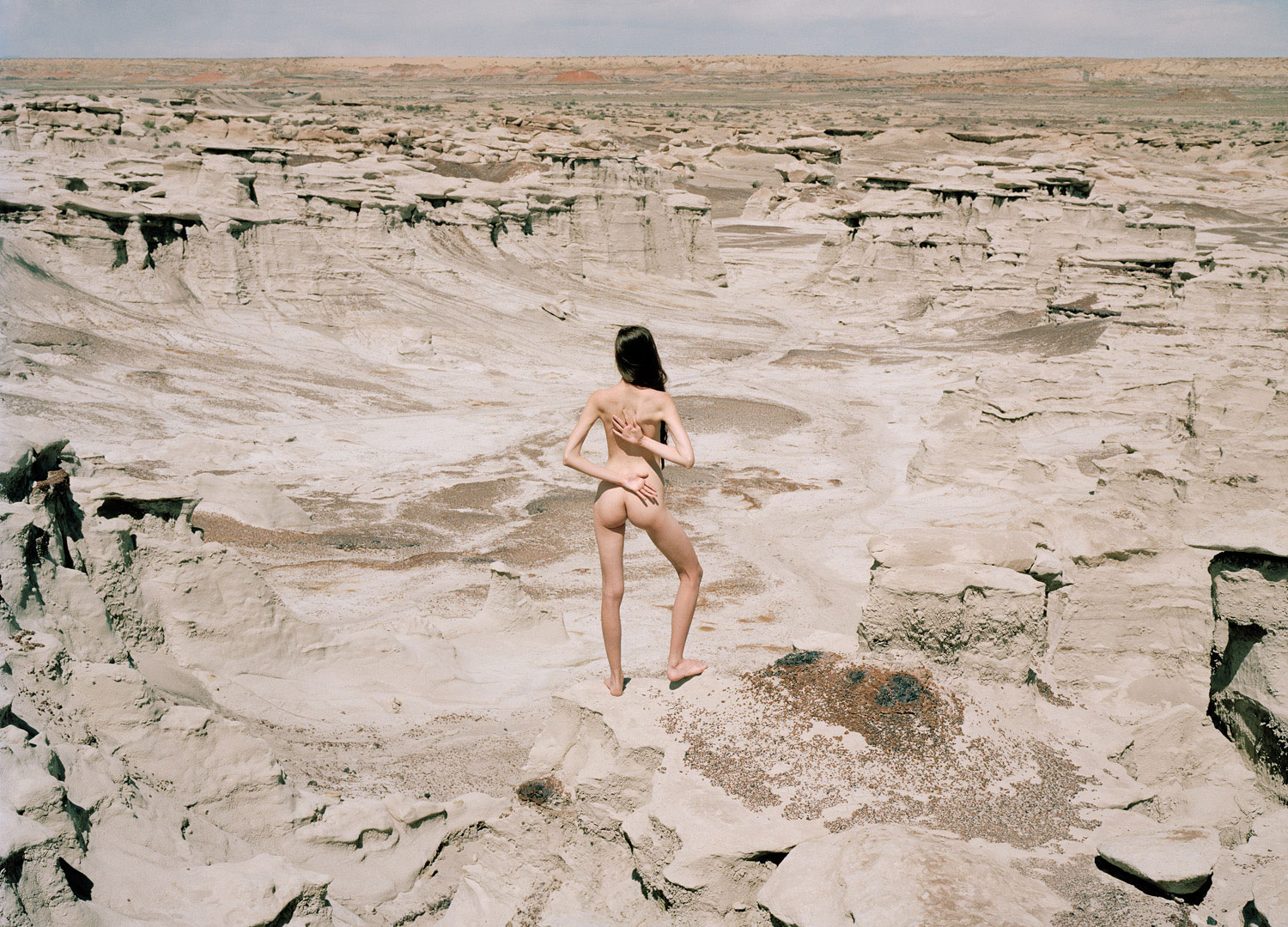Riga Photomonth: explore post-truth and reality with our highlights from Latvia
This year's event reckons with the notion of post-truth and photography, searching for an answer as to how best represent our reality. Here are our highlights from Riga Photomonth 2017
The concept of post-truth is nothing new in the world of photography, yet it is increasingly becoming the most relevant way to talk about our own reality. This year’s edition of Riga Photomonth, which has been running since 2014, looks exactly at this phenomena through a series of exhibitions, lectures, artist talks, film screenings and other events. As one of the festival curators, Alnis Stakle explains: “Various contemporary developments have permanently loosened our faith in photography as a representation of reality.”
The artists included in the festival are all looking for alternative ways to tell stories ingrained in our culture. Here is our highlight of some of the projects on show throughout the month, from those that make use of archive material to others that try to create something wildly unimaginable.
Peter Puklus
For The Epic Love Story of a Warrior, artist Peter Puklus had the idea of taking on recent history as an artistic topic. Born in Romania but having spent most of his life Hungary, he’d grown up listening to stories passed on by his family, whose own lives had become entangled with the conflicts and events of the 20th Century. Puklus was interested in the way these memories are very much embedded in their daily lives. Using this as a starting point, he decided to present the project through a game of association, starting with the most familiar images from our collective history, and thinking of the arbitrary connections between them. “The purpose of the series is to tell a story; a fictitious story that is based on actual events, but transformed by an associative process,” says Puklus. While some of the imagery is absurd and evocative, many of the photos represent the ordinary and banal, showing just how easily historical events penetrate the everyday.
Puklus’ work will be on show 10 – 27 May, as part of the Facts and Clarifications exhibition at the National Library of Latvia.
Lucia Nimcová
What makes up an official archive and what can we really learn from it? Back in 2006, Lucie Nimcová set out to research the history of Humenné, a town in eastern Slovakia where the artist was born. In order to do this, she consulted the Regional Cultural Centre to learn more about how “normalisation”, a period of political repression in 1970s and 1980s Czechoslovakia, had penetrated everyday life. She soon discovered that all the photos — all of her town’s history — were taken from one person’s perspective. As a tribute to Juraj Kammer, Humenné’s first photographer, but more so to create her own story, Nimcová began to photograph her birthplace using the archive material as a guide, sometimes seeking out the same people and the same places. The resulting project, Unofficial, takes the form of two photo books, a photographic installation and three videos. Though Nimcová was trying to recreate the past, she managed to capture a mirror-image of the present. “Since 1989, most changes have occurred at the material level. New facades, new cobblestone, new sports stadiums. But a community is made by people,” she writes in her first photo book. Taken many decades later, though some figures seem out of place, on the whole these images show how little has changed in the routines and the mindset of the community who populate it.
Nimcova’s work will be on show 10 – 27 May, as part of the Facts and Clarifications exhibition at the National Library of Latvia.
Pavel Maria Smejkal
Pavel Maria Smejkal’s series Fatescapes too revolves around reconstructing historical photographs, only the photographer isn’t interested in recreating these images, rather removing the central subject entirely. What we end up with are empty landscapes, taken from all over the world. The titles — 1855 Crimea, 1944 Normandy, 1967 Bolvia — are the only clues to the original context of the photo. He specifically chose to work with images that “have become our cultural heritage”, to show how ephemeral these defining moments really are. “What is it that we are really doing when we take pictures, when the very next moment our record becomes untrue, and there exists only the present?” In an age when anyone can manipulate photos with the tap of a screen, Smejkal asks what values does documentary photography still have?
Smejkal’s work will be on show 10 – 27 May, as part of the Facts and Clarifications exhibition at the National Library of Latvia.
Wiktoria Wojciechowska
This particular photo from Polish photographer Wiktoria Wojciechowska’s series Sparks is taken from the mobile phone of one of the soldiers fighting in Ukraine. The caption reads: “the squad of nine killed and eight wounded.” These are images we are used to seeing from conflict-zones: it shows the faces of those harmed, yet tells us little about the people killed or wounded. In this case, Wojciechowska has carefully covered those who lost their lives with gold leaves as a gesture of respect, so that the photograph resembles traditional iconography. The other photos in the series include portraits of ordinary men turned soldiers, who Wojciechowska interviewed about how their lives had changed by the war. The project consists also of video, video-art, collages and installations. For Wojciechowska the aim was not necessarily to seek out the truth but tell a story from multiple perspectives. As she says: “The motivation to begin the project entitled Sparks was a desire to create a multifaceted portrait of a contemporary war. In particular a portrait of the conflict in Ukraine, which seems to be forgotten even though it is happening in Europe.” This is an ambitious project that wrestled with photography and the way it shapes our understanding of conflict.
Wiktoria Wojciechowska’s work will be on show 11 June at the Latvian Museum of Photography.
Synchrodogs
With their project, Supernatural, Ukrainian artist-duo Synchrodogs take us into unknown territory. To create the project Tania Shcheglova and Roman Noven embarked on a month-long trip across America, through arid and isolated landscapes of the southwest. Over this time they created images that appear unreal or mythological, guided by their own experience of the sublime natural environment. Their work draws us away from preconceived images, only, compared to the other projects on show at Riga Photomonth, the artists do this through the art of seduction.
Synchrodog’s work will be on show 21 May – 2 July at kim? Contemporary Art Centre.
Text: Liza Premiyak
Top image: Synchrodogs
You can find the festival’s full programme here.



